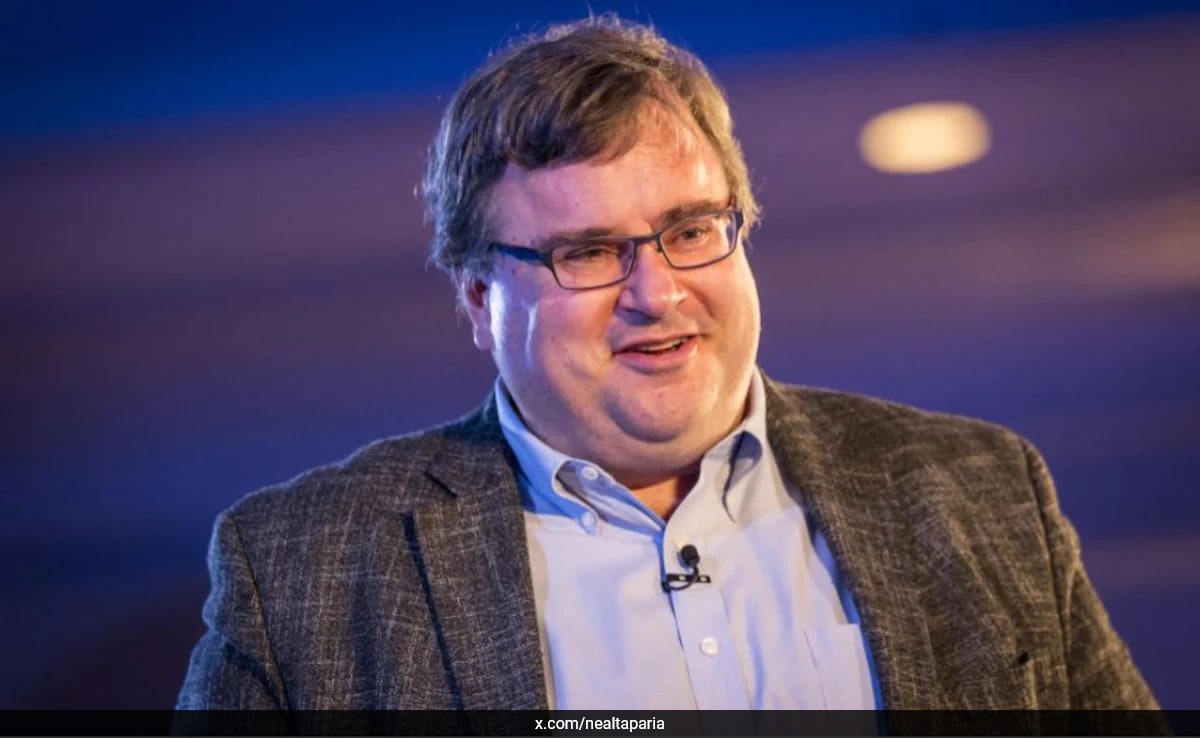The co-founder of LinkedIn, Reid Hoffman, has gone viral on the internet with his prediction that typical 9-5 jobs will no longer exist by 2034. In a newly released video clip, Mr Hoffman gives an explanation of how he sees AI strongly disrupting today’s workforce, eliminating traditional job arrangements.
He feels that the future worker may not be necessarily employed but rather participate in the gig economy. It means you would be working with various companies in multiple sectors under contract. Compared to the more traditional positions, this way could mean lesser job security, even if it does give you greater flexibility and more options.
Neal Taparia, an entrepreneur and angel investor, shared Mr Hoffman’s video and pointed out his record of predictions that have come to pass.
Hoffman’s past predictions are spooky:
• Predicted social networks would change the world (LinkedIn sold for $26B)
• Saw the sharing economy coming (Early Airbnb investor)
• Called the AI revolution years before ChatGPT
So we should probably listen to his latest prediction: pic.twitter.com/7CzIyMuRiO
— Neal Taparia (@nealtaparia) July 24, 2024
In his post, Taparia also highlighted that Hoffman predicted the rise of social media, the sharing economy, and the AI revolution as early as 1997, well before the emergence of ChatGPT. He noted that the rapid evolution of AI has been both remarkable and somewhat unsettling. Since the introduction of ChatGPT, many jobs around the world have become obsolete, leading numerous companies to invest in training their employees in AI technologies.
“Hoffman’s past predictions are spooky: Predicted social networks would change the world (LinkedIn sold for $26B),Saw the sharing economy coming (early Airbnb investor), called the AI revolution years before ChatGPT,” Taparia wrote while sharing the video on X.
Taparia also noted that freelancers might earn more than permanent employees in the future and that resumes and CVs could become obsolete.
Hoffman’s insights reflect a broader trend towards changes in employment structures driven by technological advancements.














